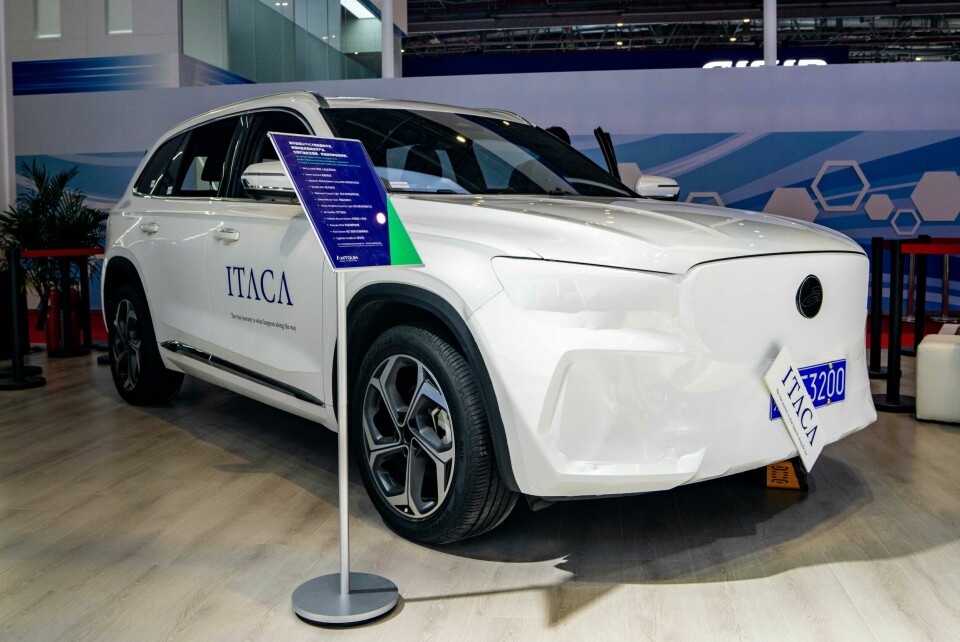
Suppliers hit up Shanghai auto show
It was not only the automakers at the Shanghai auto show – major suppliers were out in force too and with plenty creativity of their own to display
Alongside a strong showing from domestic automakers, the 2023 Shanghai Auto Show also saw two and a half halls of the vast National Exhibition and Convention Center filled with suppliers. Many of these suppliers offer designers direct solutions for both the interiors and exteriors of forthcoming models. We took a look at some of the latest innovations on show.
Supporting OEMs’ drives for sustainability, Antolin displayed interior fixtures including headliners which use recycled materials in their production. The Spanish company targets the use of 40% sustainable plastic raw material by 2030, and a 75% reduction of CO2 by 2028. An Innovation Awards Honouree at CES this year, Antolin also showed its vehicle access system in Shanghai. This combines both software and hardware into the driver’s door and allows for different opening technologies such as biometrics, PIN or NFC.
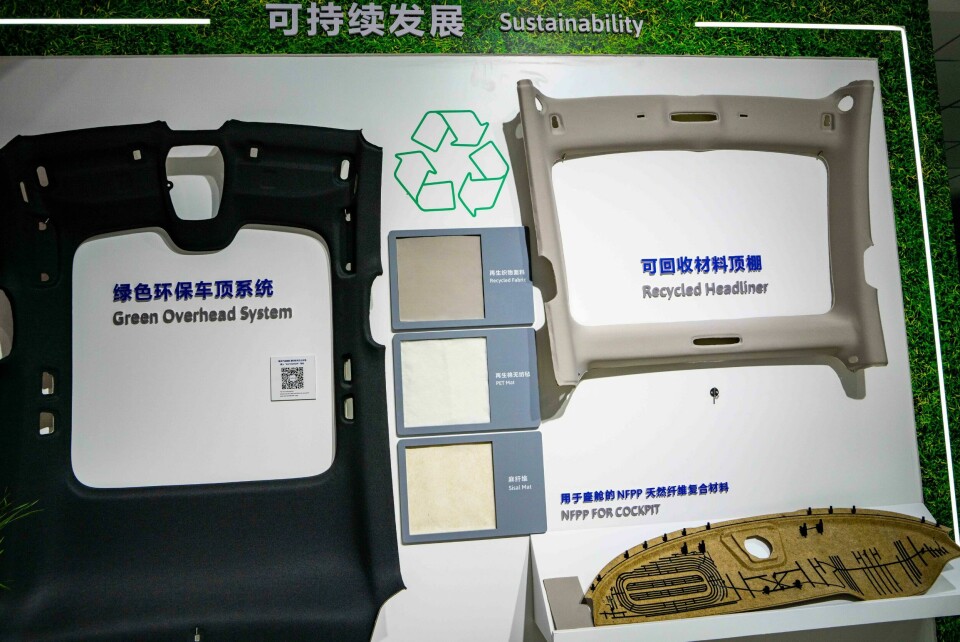
Star of the stand was the ITACA concept car (shown at the top of this story) which showcases such innovations together with Antolin’s interior solutions for lighting and HMI, and includes features such as facial recognition to open doors. Also being promoted was a smart sliding floor console which helps create a more flexible vehicle layout while better serving the needs of passengers. New on the stand was a 3D surface combining lighting and touch to create a fully functional HMI.
Chinese cars are becoming increasingly sophisticated
Valeo has been operating in China since 1994 and the country now accounts for 18% of its sales, with Chinese OEMs making up 40% of those sales. The company showcased its digital twin technology which, when combined with lighting solutions, means that prototypes can be built at a much later development stage thereby reducing development costs. Lighting is crucial to the safety of the occupants of the car along with other road users; the company says that in China 37% of accidents and 50% of fatal accidents are connected to lighting.
Valeo is also talking about the possibility of offering style updates to combat the problem of hardware obsolescence. Another key area is the extension of digital technologies with the firm presenting solutions such as the phone-as-a-key and driver monitoring systems to increase safety by looking for signs of drowsiness.
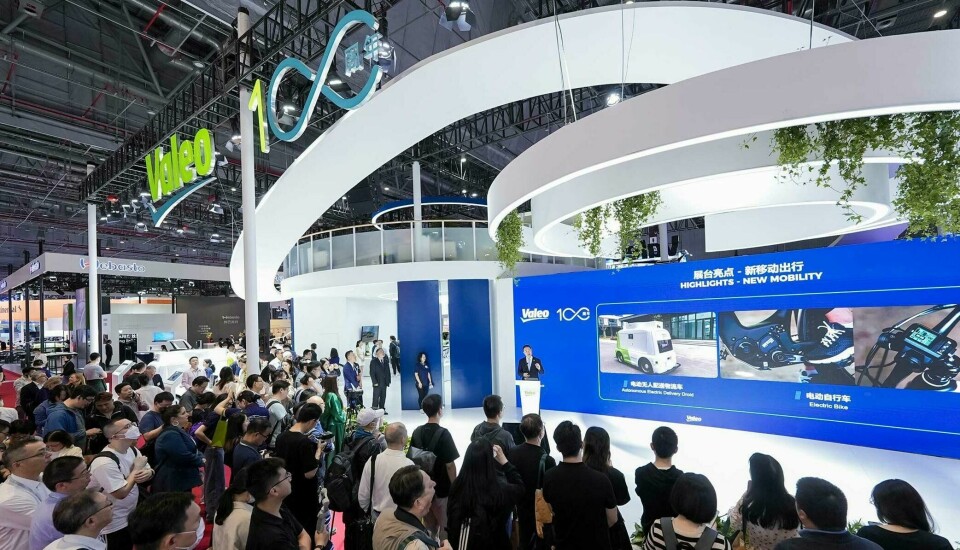
Chinese cars are becoming increasingly sophisticated when it comes to ADAS. Recognising this, Valeo is creating various solutions. Following on from the two earlier generations of its SCALA LiDAR, the SCALA 3 unit is positioned as a solution for mass-produced robotaxis. The company is also working on domain controllers which combine ADAS and infotainment into a single unit.
Also on display was Valeo’s eDeliver4U autonomous delivery vehicle, which combines Valeo’s ADAS systems with its electrification offerings. This particular vehicle uses a 48V system, but Valeo offers voltages ranging from 12V to 800V for EVs covering everything from hybrid to pure EV. Importantly, in conjunction with Renault it has developed an electric motor that doesn’t use magnets or rare-earth metals.
Of interest to interior designers is the world’s first curved pillar to pillar display
Cold weather can lead to large drops of range in EVs partly due to heating the cabin. In response, Valeo is proposing a system which heats the interior surfaces of the passenger compartment directly.
Over at the Continental stand, the supplier ran with the tagline “Experience Future Mobility, Today!” This translates into technology to improve safety, connectivity and convenience. After operating in China for nearly 30 years, around a tenth of the company’s 200,000 worldwide workforce is now based in China, so its presence at the show should not come as a surprise.
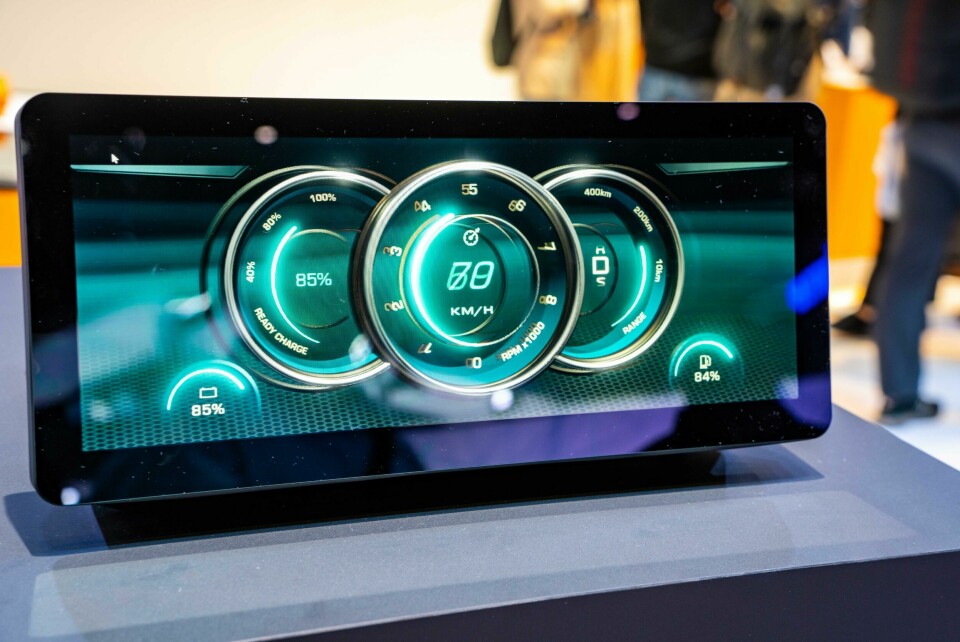
Of immediate interest to interior designers is the world’s first curved pillar-to-pillar display. Currently a number of Chinese vehicles offer similar screens but they are made up of a number of individual screens, whereas Continental’s screen is a single 47.5-inch TFT display giving a 129cm display area. Then there is the In2visible control panel with an 8k quality 12.3” TFT display; this incorporates ”local dimming capacitive multi-touch and active haptic feedback” which in simple terms keeps buttons hidden until needed.
The supplier has also managed to integrate a camera for driver identification into its screens. Elsewhere on the stand was a 3D digital instrument display, which is quickly becoming the new standard for vehicle HMI.
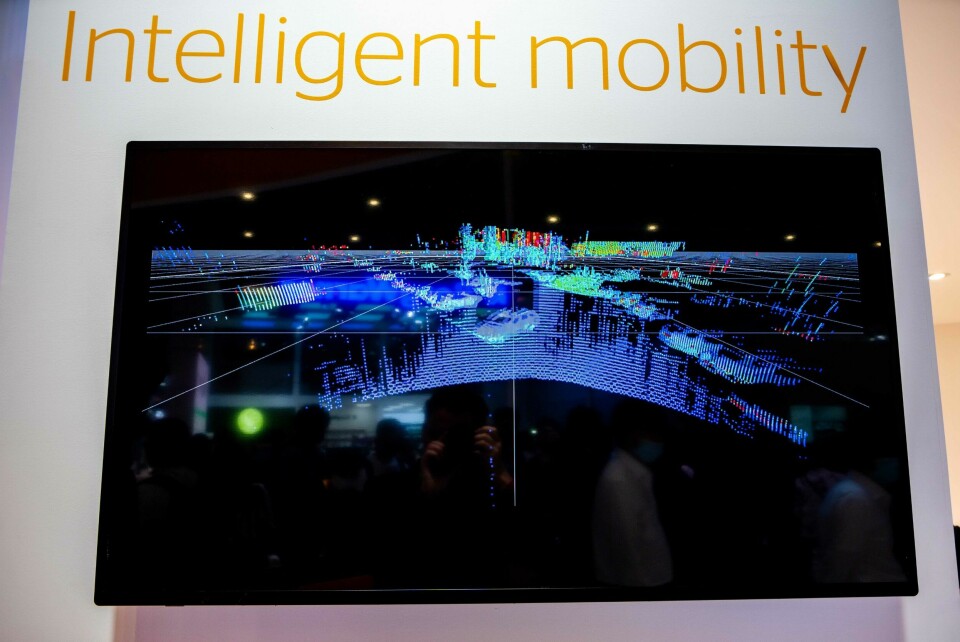
Other technologies from Continental caught our eye, including an ultra-wideband child detection for forgetful parents. This will warn parents if they manage to leave a child behind in the car. Also using ultra-wideband is the next generation key technology linked to a smart device or card. This allows for hands free access and start and, in theory, provides greater security.
And lastly from Continental, its key share solution can be used by car rental or sharing schemes along with fitting by OEMs. Attracting quite a lot of attention on the stand was a display showing the visual picture built up by a LiDAR unit scanning a road environment – a fitting inclusion given the interest in autonomous driving across China.
Electrically-controlled air vents mean closed, clean and seamless surfaces
German interior company Grammer presented various solutions at the show. Making the most visual impact were some of its centre consoles, including the one used in the HiPhi Z, a newly launched premium Chinese EV. Arguably more important is the company’s study into headrests which came to the conclusion that the materials are the most important element when it comes to sustainability.
With a display of three headrests Grammer illustrates this. Firstly there is a standard headrest, then an evolutionary approach which uses green steel and recyclable materials, and finally a radical solution using bio- or nature-derived fabrics and foams. This radical solution allows CO2 savings of up to 80% compared with a standard headrest.
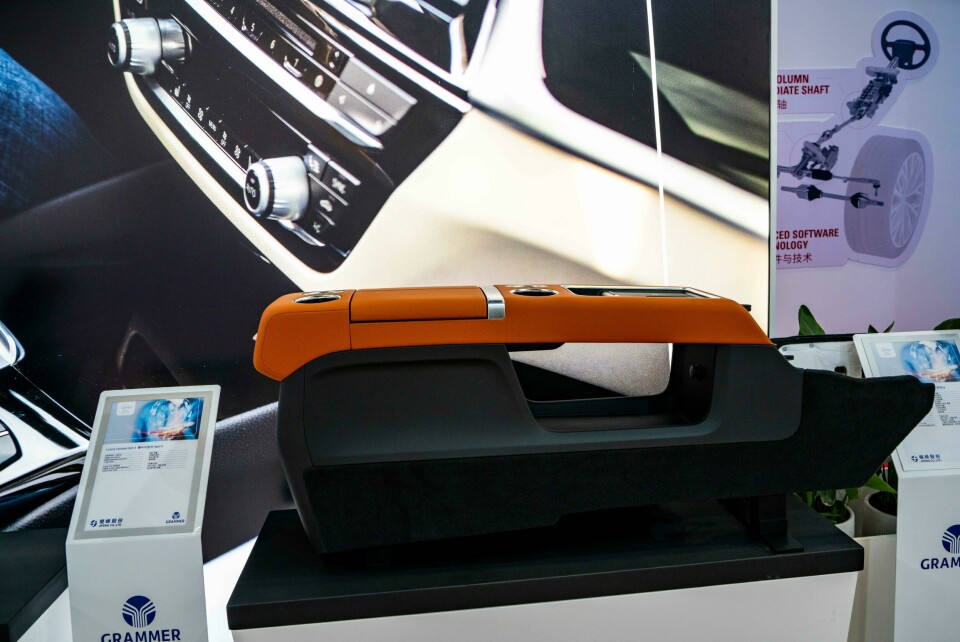
Also on display were electrically controlled air vents, a new product line being displayed for the first time. For the designer this means closed, clean and seamless surfaces – embracing the minimalism trend while for the occupants it means they can regulate temperature and ventilation through the air-conditioning system without having to bother with the vents.
In China Grammer works closely with its partner Ningbo Jifeng. Grammer is well known for producing seats for commercial vehicles and last year delivered 1.9 million worldwide. Now the two companies are collaborating to target the car market.



